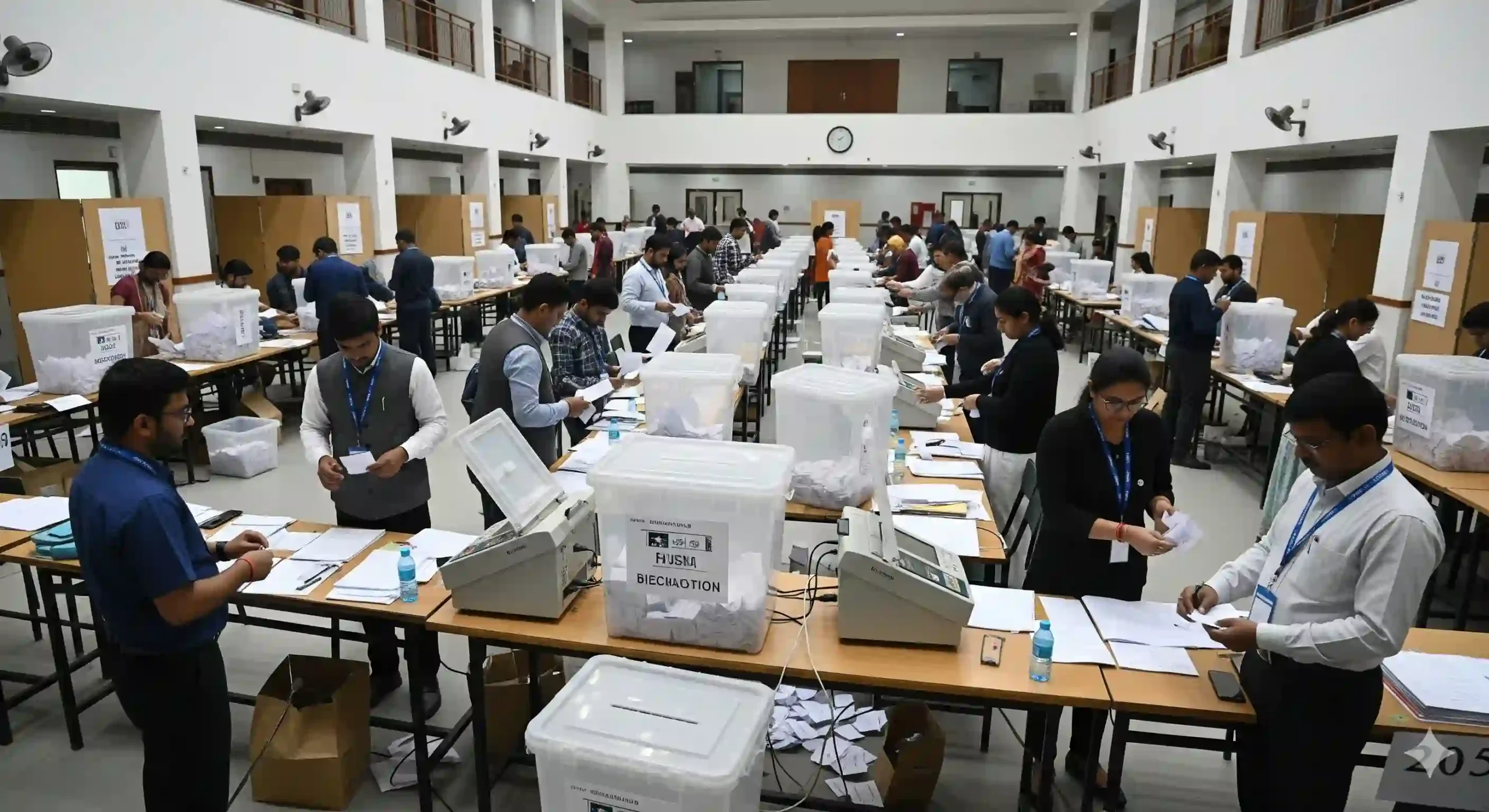Revitalizing Formula One in Asia: Expanding Reach and Rekindling Excitement
Introduction
As Formula One (F1) continues to gain momentum under US ownership, its focus now turns to re-establishing a stronghold in Asia. With a rich history in the region and the potential to reach billions of fans, F1 aims to bring back the excitement of the Grand Prix in countries like India, China, and Japan. This article delves into the challenges F1 faces in Asia, its plans for expansion, and the significance of capturing the Asian market.
The Decline in Asian Grands Prix
F1’s presence in Asia has seen a decline over the years. While countries like Japan, China, and Singapore have hosted races in the past, the number of events has significantly reduced. China, for instance, hasn’t held a race since the Shanghai Grand Prix in 2019, predating the pandemic. The absence of races in South Korea and India, coupled with dwindling ticket sales in Malaysia, has further hindered F1’s growth in the region.
F1’s Ambitions and Market Potential
With the potential of billions of fans in China and India alone, F1 recognizes the significance of expanding its reach in Asia. The partnership between HCL Software and Ferrari highlights the allure of the Asian market. By combining the vast populations of China and India, F1 can exponentially increase its fanbase. Moreover, F1 has a deep-rooted tradition in India, with previous teams and drivers making their mark in the sport.
The Importance of Asia for Commercial Partners
Asia holds immense importance for F1’s commercial partners. The region boasts a growing fanbase, with over a third of fans having started following the sport in the past four years, and a majority of them being under 35 years old. This demographic presents a valuable opportunity for commercial partners to tap into new markets and enhance brand awareness. Companies like Castore, through their partnerships with Red Bull and McLaren, have witnessed significant brand exposure in Asia.
Strategic Considerations and Potential Growth
F1 aims to regain its foothold in Asia through strategic planning and expansion efforts. The return to Shanghai in the coming year and the inclusion of South Korea as a potential host for a new Grand Prix reflect F1’s commitment to revitalizing the Asian market. Recent races in Japan and Singapore have demonstrated strong attendance numbers, surpassing pre-pandemic levels, showcasing the enduring appeal of F1 in the region.
Economic and Branding Benefits for Host Countries
Hosting an F1 race brings substantial economic benefits to countries in terms of increased tourism spending and acting as a focal point for business conferences. Singapore, for example, shoulders a significant portion of the organizing costs due to the projected economic advantages outweighing the expense. Additionally, F1 has secured partnerships with various broadcasters across Asia, amplifying its global branding benefits.
Leveraging Regional Partnerships and Technology
To further its growth in Asia, F1 plans to forge regional commercial partnerships. With advances in technology, F1 can customize live broadcast feeds to showcase different sponsors to different markets, maximizing commercial opportunities. By establishing offices in China and implementing a long-term strategy, F1 demonstrates its commitment to nurturing relationships and expanding its presence across Asia.
Frequently Asked Questions
Germany’s absence from the Formula 1 calendar is primarily due to financial challenges. The costs associated with hosting an F1 race, including circuit construction and licensing fees, have made it difficult for Germany to sustain its presence in the championship. Despite Germany’s strong motorsport heritage and the success of drivers like Michael Schumacher and Sebastian Vettel, the financial viability of hosting a race has prevented its continuation in recent years.
The first Indian Formula 1 racer was Narain Karthikeyan. He made his F1 debut in 2005 with the Jordan team (later known as Midland and Spyker) at the Australian Grand Prix. Karthikeyan’s entry into F1 marked a significant milestone for Indian motorsport, as he became the first driver from India to compete at the highest level of single-seater racing. He later had a second stint in F1 with the HRT team in 2011.
The number 1 position in Formula 1 refers to the driver leading the current World Drivers’ Championship standings. As the championship is contested throughout the season, the number 1 position is held by the driver with the highest number of points. However, the specific driver holding the number 1 position can vary depending on the ongoing races and points accumulated by each competitor. It is necessary to refer to the latest standings to determine the current number 1 driver.
The exact dates for the Formula 1 events in 2023 have not been officially announced yet. The FIA, the governing body of Formula 1, typically releases the official calendar for the upcoming season closer to the end of the preceding year or the beginning of the target year. To obtain the accurate dates for the 2023 season, it is recommended to refer to the official announcements by the FIA or check the Formula 1 website as the new season approaches.
F1 cars are called “formula” because they are designed and built according to a set of regulations known as a “formula.” These regulations specify various technical aspects, including the dimensions, weight, engine specifications, and safety features of the cars. The term “formula” signifies the standardized rules and requirements that all participating teams must adhere to, ensuring a fair and competitive racing environment.
“Formula” in the context of F1 refers to the set of regulations and technical specifications that govern the design, construction, and operation of Formula 1 cars. These regulations encompass various aspects, such as chassis design, aerodynamics, engines, tires, and safety features. Formula F1 represents the culmination of engineering excellence, pushing the boundaries of automotive technology and performance in the world of motorsport.
Formula 1 cars are exceptionally fast due to a combination of several factors. Firstly, their aerodynamic designs create immense downforce, allowing the cars to maintain traction and corner at high speeds. Secondly, they employ advanced power units consisting of highly efficient hybrid engines, which deliver exceptional acceleration and top speeds. Additionally, Formula 1 cars utilize cutting-edge materials and technologies, resulting in lightweight yet robust structures that enhance performance. The combination of aerodynamics, power, and advanced engineering contributes to the remarkable speed achieved by Formula 1 cars.
In Formula 1, there is only one official formula or set of technical regulations that all teams must follow. The term “formula” refers to the standardized rules and specifications that govern the design and operation of the cars. However, within the F1 championship, teams compete against each other using their own unique car designs and strategies. While there is only one formula, there are multiple teams and cars that participate in the championship, each with its distinctive characteristics and engineering approaches.
This post is for informational purposes only.Invest responsibly.No guarantees of results. Seek professional guidance before investing.Consult experts for personalized advice.AI-assisted content, editorially reviewed.See our terms for details.Please note that I am not a SEBI registered investment advisor. The information provided in this article is for informational and educational purposes only and should not be construed as financial advice. Always consult with a qualified and SEBI registered financial professional before making any investment decisions. .Follows Google policies.Not affiliated with Investopedia.com. investopedia.co.in Independent site.















